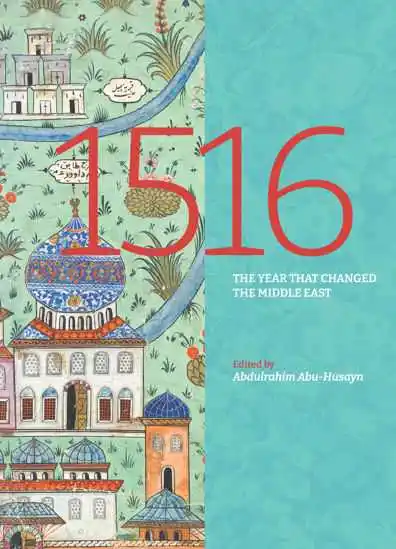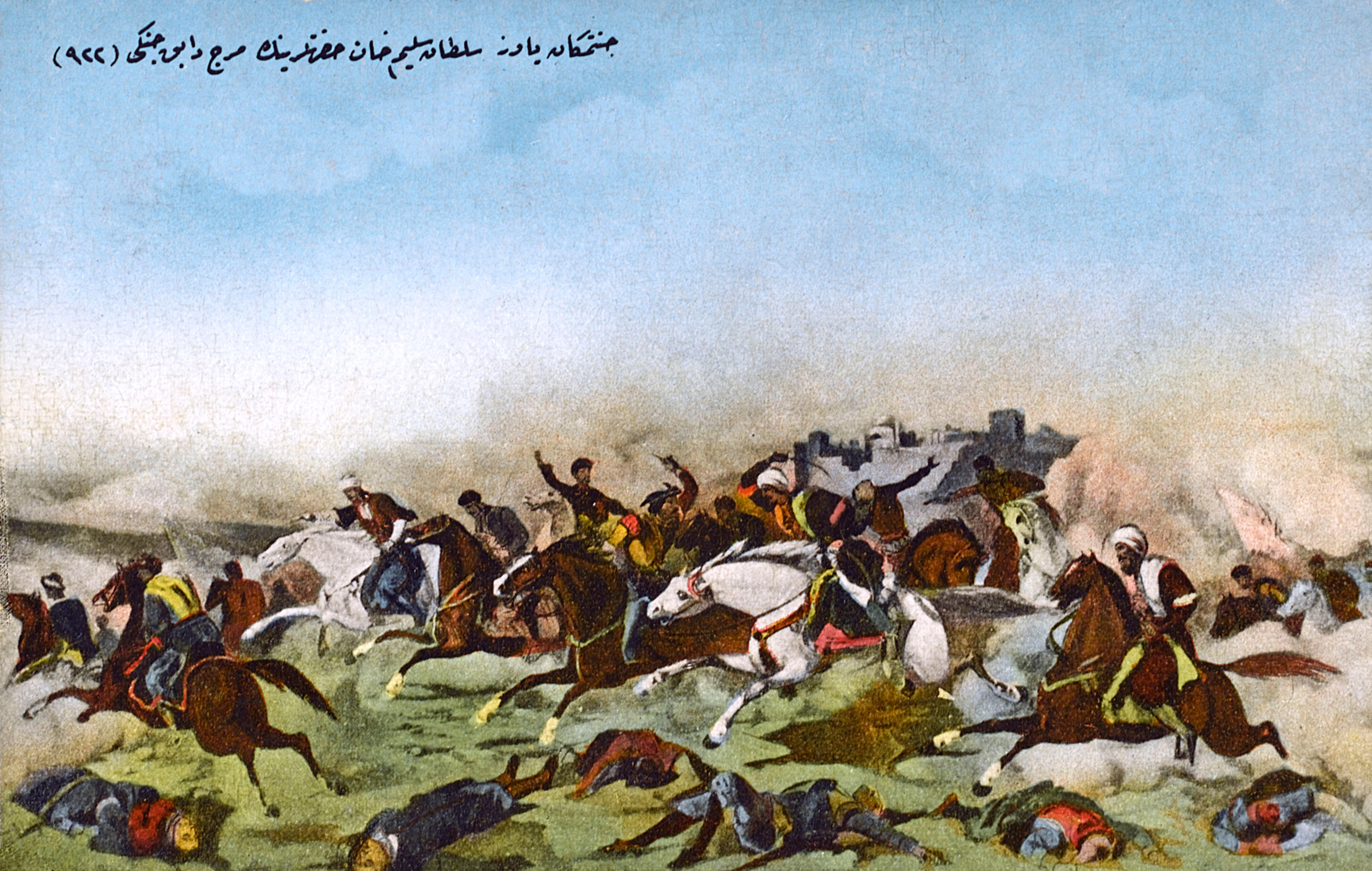
Editor Challenges Readers To Witness Islamic History Sans the Modern Lens In New Book
Reviewed by Dianna Wray
1516: The Year That Changed the Middle East
Abdulrahim Abu-Husayn, ed. American University of Beirut Press, 2021.
The Ottoman Empire’s 1516 encounter with Egypt’s Mamluk sultanate ultimately led to the Levant, Egypt and the Hijaz, a stretch of land along the RedSea, becoming part of the empire for the next 400 years. This multifaceted academic collection, curated by editor Abdulrahim Abu-Husayn, reflects wide-ranging perspectives of historic thought from 14 scholars, from North Africa, the Levant, the Gulf and Türkiye. Each explore the consequences of the year that marked the beginning of Ottoman expansion across the region as custodians of Islam’s holiest sites, informing Arab and Turk relations and perceptions of each other for centuries to come.
“In short, it stands to reason that spontaneous and unforeseeable events converged and produced the Battle of Marj Dabiq, which proved to be a milestone for the Ottoman conquest of the Middle East.”

(CHRONICLE/ALAMY)
Throughout his decades-long career, Abu-Husayn, a Palestinian-born professor of Ottoman history at the American University of Beirut who died in 2022, challenged assumptions about Greater Syria during Ottoman rule. Drawing from December 2016 American University of Beirut conference submissions, Abu-Husayn selected 14 academic papers, including three in Arabic, that he felt offered interpretations of the Mamluk-Ottoman War without filters of modern-day politics, stereotypes or nationalistic assumptions. Each academic homes in on a facet of this crucial year in the region, examining tensions and power dynamics underpinning both conflict and outcome.
The Ottomans, as early as 1399 CE, had long cherished ambitions of conquering Mamluk-held Egypt. But it wouldn’t be until August 1516 that the forces of Ottoman Sultan Selim I would best those of Mamluk Sultan al- Ashraf Qansuh al-Gawrhi at the Battle of Marj Dabiq, just north of Aleppo. This decisive moment led to the conquest of Bilad al-Sham (Greater Syria), defeat of the Mamluk sultanate and the fall of the Abbasid caliphate, Turkish historian Feridun Emecen contends.
In his own contribution, Abu-Husayn examines how citizens of Damascus viewed Selim I’s entry into the city after that battle via an eyewitness account from historian and Damascus resident Ibn Tulun. Although some modern historians describe the entry into Aleppo as that of conquerors, that’s not what Tulun observed.
When Ottoman forces marched into the city, residents “were not deterred by the fear of the conquering army or the reputation of the sultan,” Tulun recorded in his diary. Indeed, Tulun got close enough to Selim I to observe that he entered a hammam (Turkish bath) with a beard but left cleanshaven, Abu-Husayn points out.
Historians don’t just focus on the war itself. German-based historian Christiane Czygan analyzes how Selim I put divan poetry, a Turkic literary tradition used for court and business purposes, to political use to “project a clear understanding of how a perfect ruler should be.” Meanwhile, Italian historian Giancarlo Casale traces how the Ottomans, postconquest, encountered and decoded Egyptian antiques and the polytheistic culture they represented.
The resulting work mines every vein to glean a better understanding of what prompted Selim I to ride out of Istanbul at the head of the Ottoman army in early 1516, and how that and other decisions continue to reverberate through history.